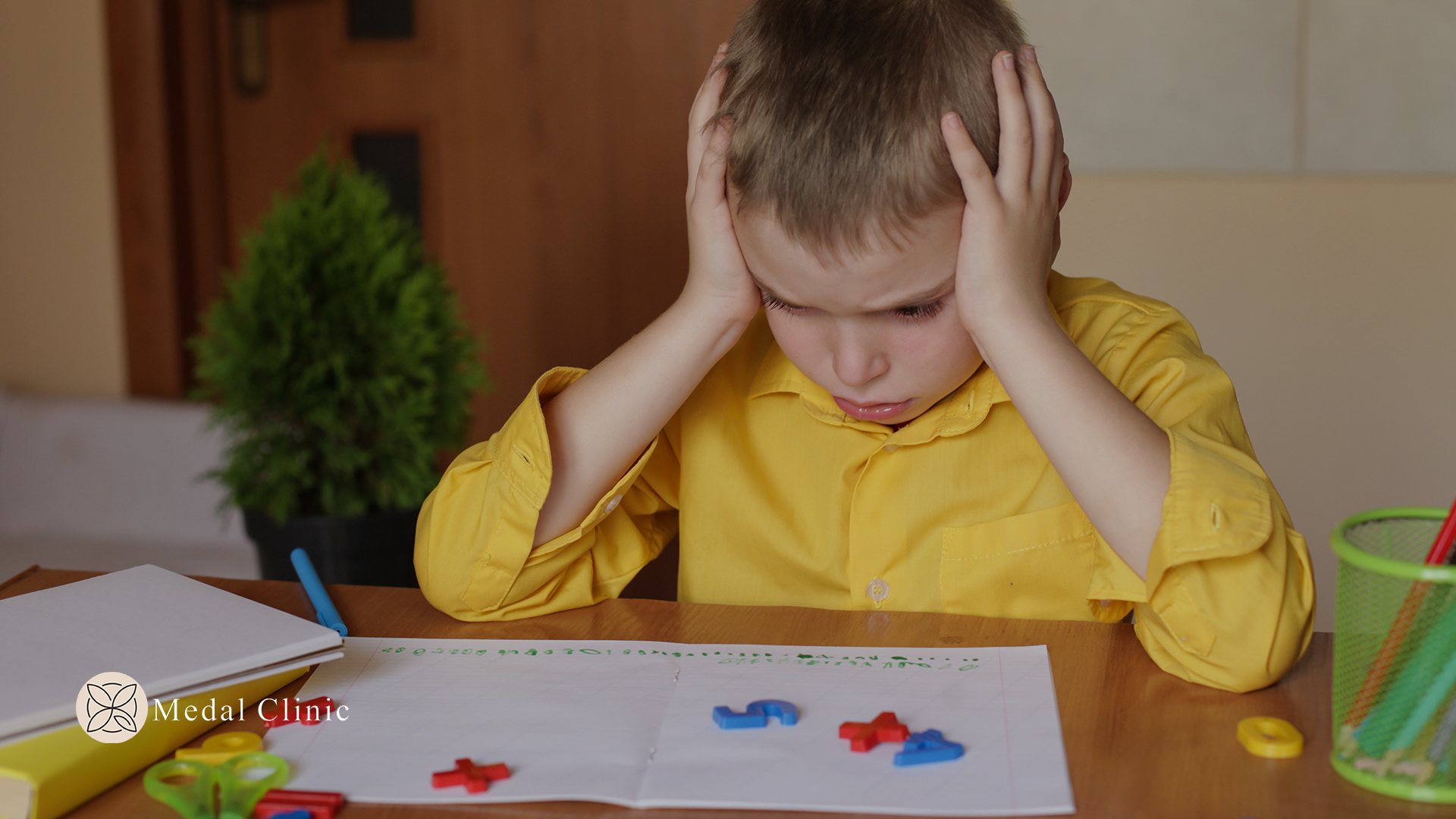Attention Deficit in Children: Understanding and Support
In a world where the pace of life seems to accelerate by the minute, attention deficit in children has become a topic of increasing concern and conversation among parents, educators, and healthcare professionals. Understanding the nuances of attention deficit and how it affects children’s learning, behavior, and daily functioning is crucial for providing the right support and guidance. This blog aims to shed light on the nature of attention deficit, its signs, and strategies to aid children in navigating their unique challenges.
Understanding Attention Deficit in Children
Attention Deficit Hyperactivity Disorder (ADHD) is one of the most common neurodevelopmental disorders of childhood, characterized primarily by difficulty maintaining attention, hyperactivity, and impulsive behavior. However, it’s important to note that attention deficit extends beyond ADHD, encompassing a range of attentional difficulties that might not fit into a specific diagnosis but still significantly impact a child’s life.
Children with attention deficits might struggle to focus on tasks, follow instructions, or remain seated for extended periods. They might seem to be “in their own world” or act impulsively without considering the consequences. It’s crucial to understand that these behaviors aren’t a choice but a part of their developmental profile.
Signs to Look Out For
Recognizing the signs of attention deficit can be the first step in getting the necessary support. Some common indicators include:
- Difficulty sustaining attention on tasks or play activities.
- Frequent careless mistakes in schoolwork or other activities.
- Seeming not to listen when spoken to directly.
- Struggling to follow through on instructions and failing to finish schoolwork or chores.
- Avoidance or reluctance to engage in tasks that require sustained mental effort.
Strategies for Support
Supporting a child with attention deficit involves a combination of strategies tailored to their individual needs. Here are some approaches:
Create a Structured Environment: Children with attention deficits often thrive in environments where routines are predictable. Establishing a regular schedule for homework, play, and rest can help them manage their day better.
Break Tasks into Manageable Chunks: Large tasks can be overwhelming. Breaking them down into smaller, more manageable steps can help children maintain focus and reduce frustration.
Use Visual Aids: Timers, checklists, and charts can provide visual reminders of what a child needs to do next, helping them stay on track.
Encourage Physical Activity: Regular physical activity can improve attention and decrease impulsivity. It provides an outlet for excess energy and helps improve concentration.
Foster Open Communication: Talk openly with children about their strengths and challenges. Understanding how they feel and what they struggle with can provide valuable insights into how to support them.
Seek Professional Help: If you suspect your child has an attention deficit, consult with a healthcare professional. They can provide a proper diagnosis and recommend interventions such as behavior therapy, counseling, or medication.
In conclusion, while attention deficit in children presents challenges, with understanding, patience, and the right strategies, children can thrive. By recognizing their unique needs and supporting their growth, parents and educators can help these children harness their potential and navigate the world with confidence and skill. Remember, every child’s journey is different, and the key is to find the path that best suits their individual needs.
FAQ's
What are the primary signs of attention deficit in children?
Look for difficulty sustaining attention, frequent careless mistakes, difficulty following instructions, and impulsive behavior. Children might also avoid tasks that require sustained mental effort and seem not to listen when spoken to.
Can attention deficit appear differently in different children?
Yes, attention deficit can manifest in various ways. While some children might be hyperactive and impulsive, others may be quiet and inattentive. The condition’s presentation can vary significantly from one child to another, reflecting a range of behaviors and challenges.
How is attention deficit in children diagnosed?
Diagnosis typically involves a comprehensive evaluation by a healthcare professional, such as a psychologist or psychiatrist. They’ll consider the child’s symptoms, medical history, and behavior over time, often using specific criteria from the DSM-5 or ICD-10.
What role does diet and lifestyle play in managing attention deficit?
While diet and lifestyle alone can’t cure attention deficit, certain changes can help manage symptoms. A balanced diet, regular physical activity, sufficient sleep, and limited screen time can improve focus and reduce hyperactivity and impulsivity.
Are there effective strategies parents and teachers can use to help children with attention deficit?
Yes, strategies include creating a structured environment, breaking tasks into manageable chunks, using visual aids, encouraging physical activity, and fostering open communication. Professional interventions may also include behavior therapy, counseling, and, in some cases, medication.




